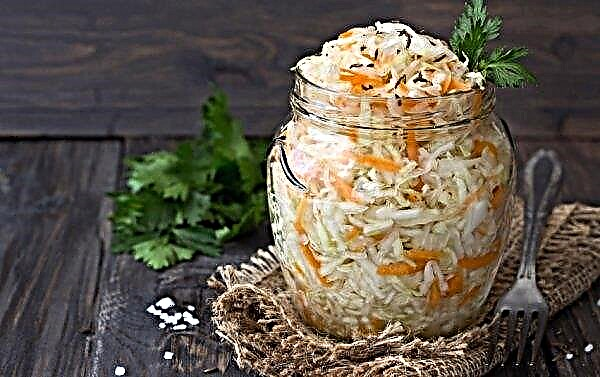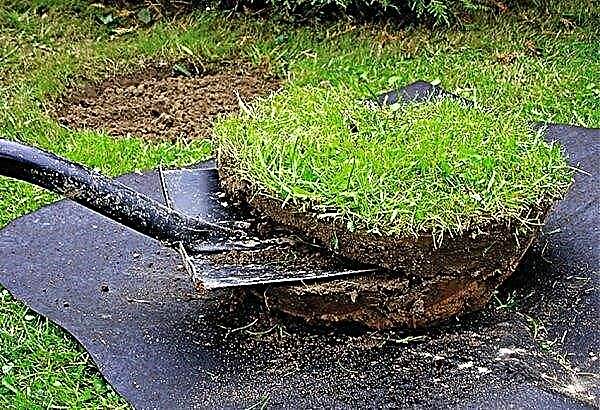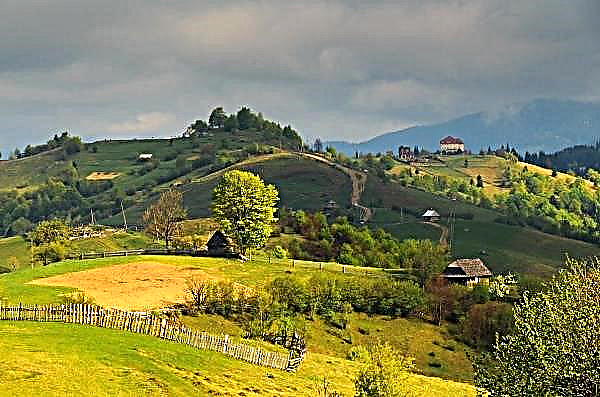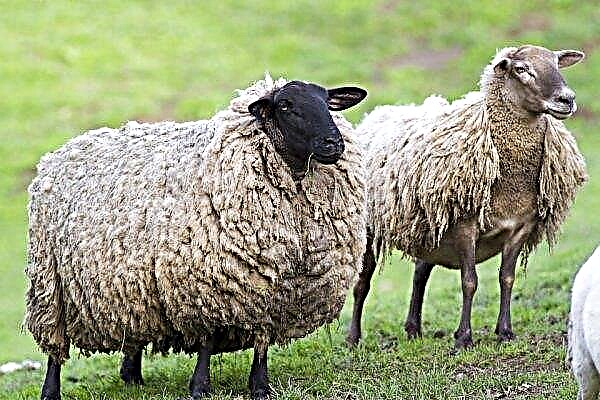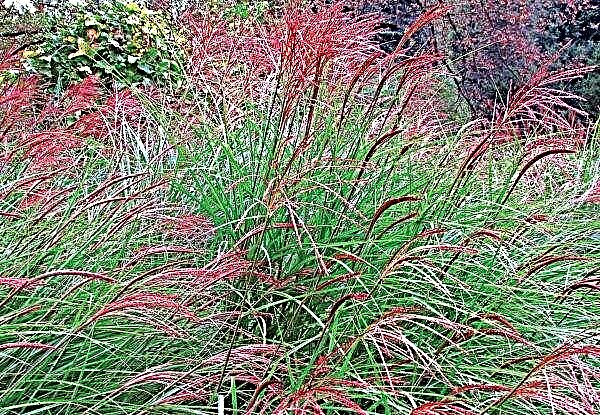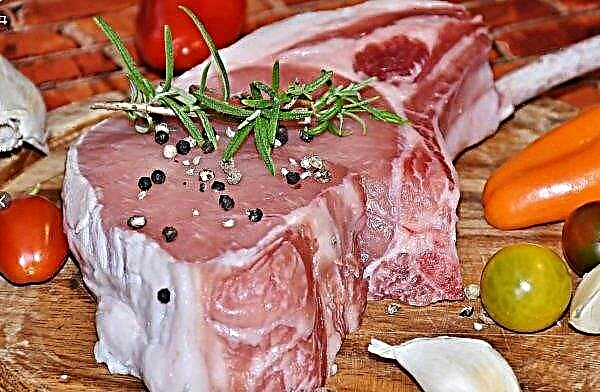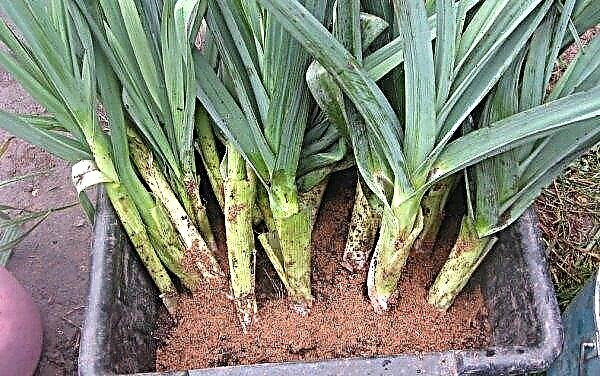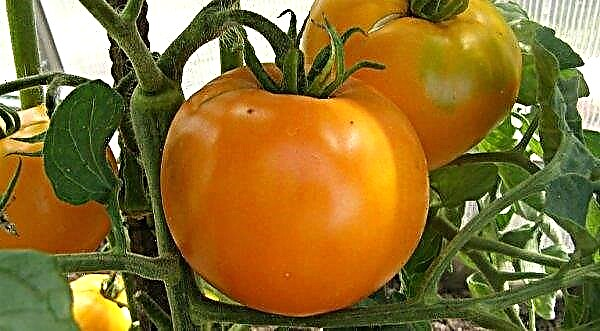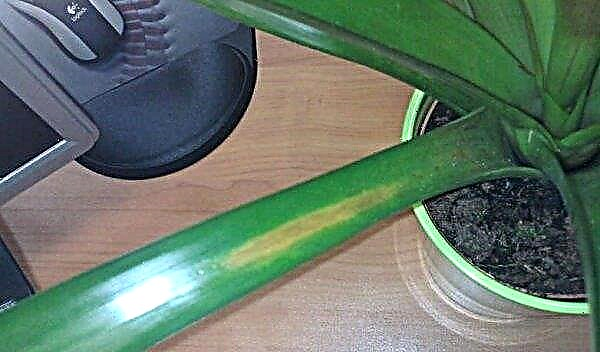Little Freeze is a new panicle hydrangea variety that was introduced to gardeners in 2019. The variety delights with its large peduncles. With its characteristic features, agricultural farming technology and the nuances of care, you can familiarize yourself with the help of this article.
Grade description
Panicle hydrangea Little Friise (Hydrangea paniculata Little Fraise) is a dwarf form of the Vanilla Fraize variety. Despite its novelty, this culture has already earned a lot of good reviews from gardeners. Such popularity is due to the beauty of inflorescences and ease of care. Below is a detailed description of the plant and the main characteristics of the variety.
Did you know? Archaeological excavations in the northern regions of America have shown that hydrangea grew even 40 thousand years ago.
Appearance
The bush is erect, compact. The height of an adult plant is about 50–80 cm. The crown diameter of a mature shrub is 50 cm. The leaves are medium-sized, up to 12 cm long, oblong, dark green. Above, the leaves are pubescent weakly, and below, especially along the veins - stronger.

The shoots are tubular, well retain large and dense inflorescences. The flowers are numerous, collected in large inflorescences. The panicles themselves are wide-pyramidal, reaching a height of 20 cm and a diameter of 45 cm. At the beginning of blooming, the flowers are creamy white and light green, turn pink by autumn. The flowering is plentiful, lasts from July to September.
The fruit is presented in the form of a small box with many small seeds (up to 3 mm long), giving a crack at the apex. The fruits ripen by October. Their viability reaches 95%. The root system of the variety is closed.
Characteristics
Hydrangea Little Freeze belongs to the group of ornamental fast-growing shrubs. The culture is growing rapidly, begins to bloom at the age of 4-5 years. A positive feature of the variety is high winter hardiness - the bush withstands frosts down to -29 ° C. In addition, the plant is very gas resistant - it tolerates adverse urban conditions.
The bush retains its shape perfectly, does not require any supports and supports, and is also easy to trim. And the branches themselves are durable. Little Freeze is propagated most often by layering and cuttings. The easiest way is it is bred by green cuttings. Separated parts successfully root even without pretreatment. The rooting rate is maximum (100%).

Growth Requirements
In order for the culture in question to please its spectacular appearance for many years, it is important to pay special attention to the conditions of its growth: the choice of place and soil. It’s easy to take care of the bush. The whole process includes regular watering, timely fertilizing and proper pruning. Provided that all procedures are correctly performed, the bushes will please with their splendor and extraordinary beauty.
Important! Hydrangea should not be exposed to the scorching sun for a long time. Otherwise, the flowering will not be the most magnificent.
Seat selection
Preference should be given to illuminated areas or penumbra areas. The variety must be planted in such a way that in the early hours it was in partial shade. Ideal conditions for a shrub is lighting with sunshine only in the morning or in the evening.

The soil
The Little Freeze variety is demanding on soil fertility and moisture. The soil for planting should be fertilized, moistened and well-drained. Also keep in mind that the bush does not tolerate stagnation of water, therefore, before planting, drainage material must be laid in the formed cavity: a layer of small stones or expanded clay.
In addition, make sure that the earth is neutral or slightly acidic, without any admixture of lime and other alkalis. Clay soils or red earth are preferred.
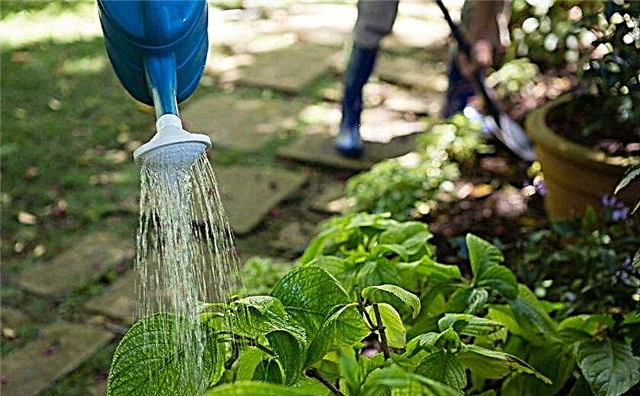
Care
The abundant and regular hydration of the earth under the shrub contributes to the lush flowering of hydrangeas Little Frize. Soil in the near-stem circle must be constantly moist.
Experienced growers add 30 g of aluminum sulfate to irrigation water. This composition moisturizes the soil under hydrangea from spring to autumn. Thus, it is possible to achieve the effect when white flowers take on a blue color, and the pink color is replaced by purple.
Important! For irrigation it is recommended to use rain, standing in the sun water.
Fertilizers are applied 4 times per season:
- early spring - nitrogen-based organic products;
- the period of budding, as well as mid-summer - complex mineral top dressing;
- Autumn is a potassium-phosphorus preparation.
 Regarding pruning, from time to time, the shrub should be sanitized (unhealthy, frozen or decayed branches are removed) and shaping (processes that grew in the previous season are shortened to 2–4 pairs of buds) cutting. If necessary, you can resort to a rejuvenating procedure, completely removing the oldest branches. It should be carried out at the end of March.
Regarding pruning, from time to time, the shrub should be sanitized (unhealthy, frozen or decayed branches are removed) and shaping (processes that grew in the previous season are shortened to 2–4 pairs of buds) cutting. If necessary, you can resort to a rejuvenating procedure, completely removing the oldest branches. It should be carried out at the end of March.

Application in garden design
Panicle hydrangea Little Frize has earned widespread use in the field of gardening. From it you can create bushes and trees of unusual shapes - from balls and standard trees to trellises and hedges.
The plant looks great both as a tapeworm (singly) and planted in groups. A flowering bush is able to give a small garden a festive look, and the multiple plantings of this culture will turn the territory into a paradise garden. The main thing is to profitably give flowering Little Freeze.
White and pink tones of inflorescences stand out clearly against the background of purple-leaved tree forms, gently combined with white-motley plants. The bush looks rather harmonious in combination with bulldog, spirea and other flowering shrubs. The variety is also great for growing in a container on the balcony or terrace.
Did you know? In Japan, hydrangea is called Adzisai, which translates as "purple sunny flower."
Thus, hydrangea Little Frize is a promising new product in 2019, the attractiveness and unpretentiousness of which makes it very popular and popular among designers and gardeners. Following the above recommendations, you will decorate your personal plot with this many-sided shrub without unnecessary efforts.

